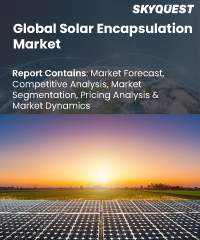
Product ID: SQMIG55F2035
Report ID:
SQMIG55F2035 |
Region:
Global |
Published Date: March, 2024
Pages:
182
|
Tables:
65 |
Figures:
75
We respect your privacy rights and safeguard your personal information. We prevent the disclosure of personal information to third parties.

Product ID: SQMIG55F2035